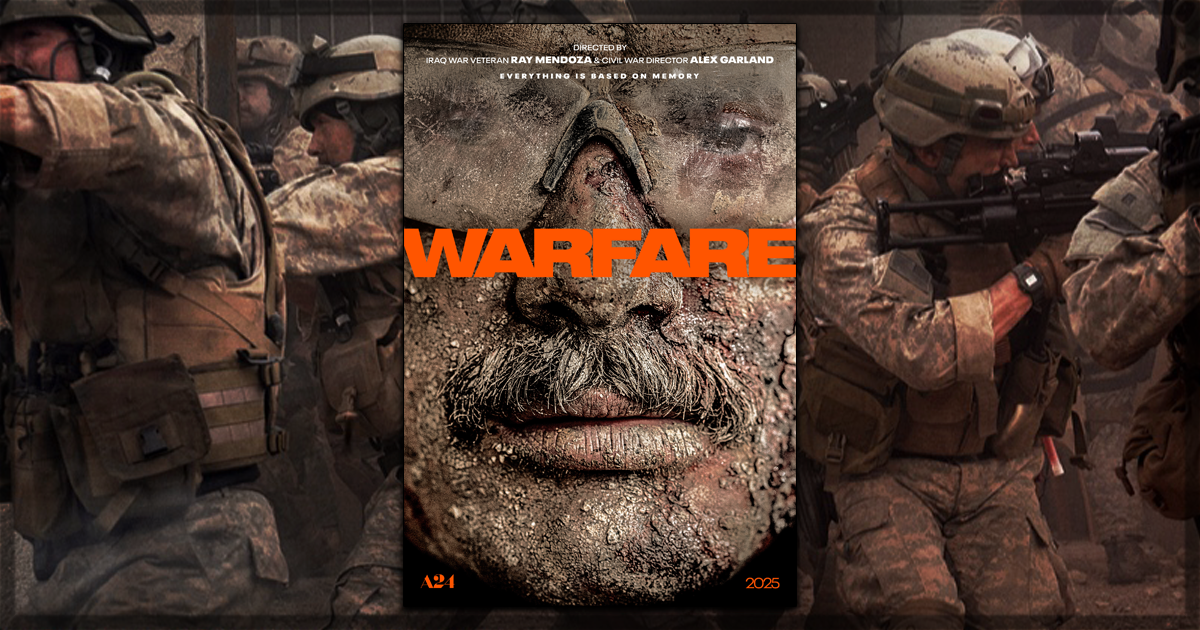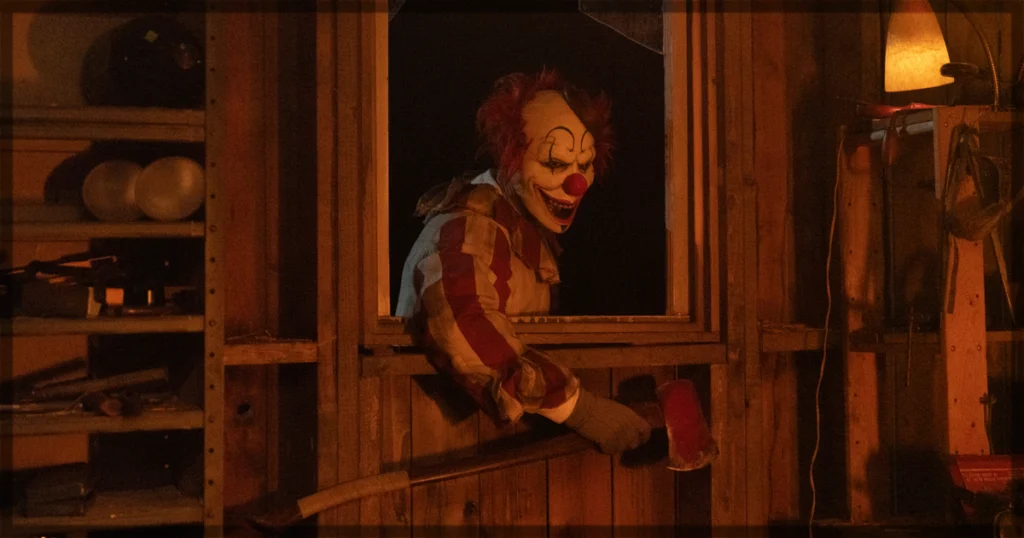Alex Garland, known for his thought-provoking storytelling in films like Ex Machina and Civil War, joins forces with war veteran Ray Mendoza to create one of his most ambitious projects to date. Co-written by the two filmmakers, Warfare aims to depict a military surveillance mission with the utmost realism – one that quickly devolves into a harrowing operation of survival and rescue. The cast is made up entirely of soldiers engaged in a real-time mission, where every minute, every decision, every step counts… literally.
More than a traditional movie, Warfare unfolds almost like a documentary. From the very beginning, it’s clear the filmmakers have no interest in dramatizing war in the classic Hollywood style. There are no rousing speeches or idealized heroes – only dirt, blood, noise, discomfort, and the long, grueling wait of a mission that, much like in real life, often feels repetitive and monotonous… until it doesn’t. And it’s in that sudden shift – a single minute that changes everything – that the film finds a pulse-pounding intensity no viewer will walk away from indifferent.
This commitment to realism is both Warfare‘s greatest strength and its biggest limitation. On one hand, the sheer level of authenticity is remarkable – there were multiple moments where I realized I was holding my breath, completely consumed by the palpable tension on screen. Garland and Mendoza craft a claustrophobic atmosphere where the sound of each bullet, the echo of every explosion, and the silence between confrontations carry more weight than many lines of dialogue in standard action blockbusters.
On the other hand, that same dedication comes at the cost of elements that traditionally help audiences connect with a story. The absence of a clearly structured beginning, middle, and end, of emotionally defined characters, or any deep thematic exploration makes the viewing experience difficult and, for many, potentially frustrating. This isn’t a movie that aims to entertain – it aims to immerse. Its abrupt ending, devoid of emotional catharsis or conventional resolution, is the final proof: Warfare isn’t trying to be a war epic, but a raw snapshot of a military operation – just one of countless others that have happened… and will happen again.
From a technical perspective, the sound design is by far the most immersive element. Every gunshot feels like it pierces through the theater, and every explosion resonates in the audience’s chest. The aerial “show of force” – featuring fighter jets skimming over hostile territory just meters off the ground – is particularly unforgettable, managing to balance visual chaos with extraordinary sonic precision. It’s an almost obsessive level of detail that shows the technical team’s dedication to portraying war as it is, not as it’s often romanticized or stylized.
David J. Thompson’s cinematography follows the same raw, unfiltered aesthetic. The camera rarely strays from the soldiers’ perspectives, sticking close to their backs or their sweat-soaked, bloodied faces, plunging the audience directly into the action. The injuries are brutally grotesque – another clear reflection of Warfare‘s refusal to soften the horror of war. Each shot appears to have been meticulously choreographed to seem like it wasn’t choreographed at all, delivering a sense of controlled chaos only the best filmmakers can pull off.
That said, this authenticity raises important critical and thematic questions. Warfare isn’t concerned with exploring the reasons for war, its political or moral implications, or even the dehumanization of soldiers – all common themes in the genre. Instead, it opts for an almost clinical approach: the mission is what it is, it happened this way, and now it’s being shown as faithfully as possible. On one hand, there’s something deeply respectable about that – especially coming from Mendoza, whose personal experience lends the depiction undeniable weight – but on the other, there’s a noticeable lack of deeper reflection, of a layer that elevates realism into meaning.
The lack of well-defined characters also makes emotional connection more difficult. We know very little – if anything – about the soldiers we follow. Their motivations, personal histories, and even relationships with one another remain unclear. And while this may be part of the intention – to present war as a blur of anonymous faces lost in chaos – the result is a weakened emotional bond with the audience.
Even so, Warfare isn’t an emotional failure. It simply evokes different sensations than usual. Instead of making you cry or cheer, it makes your leg shake, forces deep breaths, and commands full attention. It’s an exercise in restraint and discipline, closer to documentary than fiction. It’s also a powerful example of how cinema can serve as a tool for reconstruction and testimony, rather than a vehicle for entertainment.
Final Thoughts on Warfare
Warfare is a film you admire more than you enjoy. Its anti-narrative structure, slow pacing, and lack of strong central figures make it difficult to revisit – but impossible to forget. It’s a remarkable display of technical realism, a brutally honest recreation of a war zone, and a testament to cinema’s power when it refuses to play by the rules. Alex Garland and Ray Mendoza may not have crafted a universally captivating masterpiece, but they’ve created something undeniably authentic. And sometimes, that’s enough.
Rating: B


